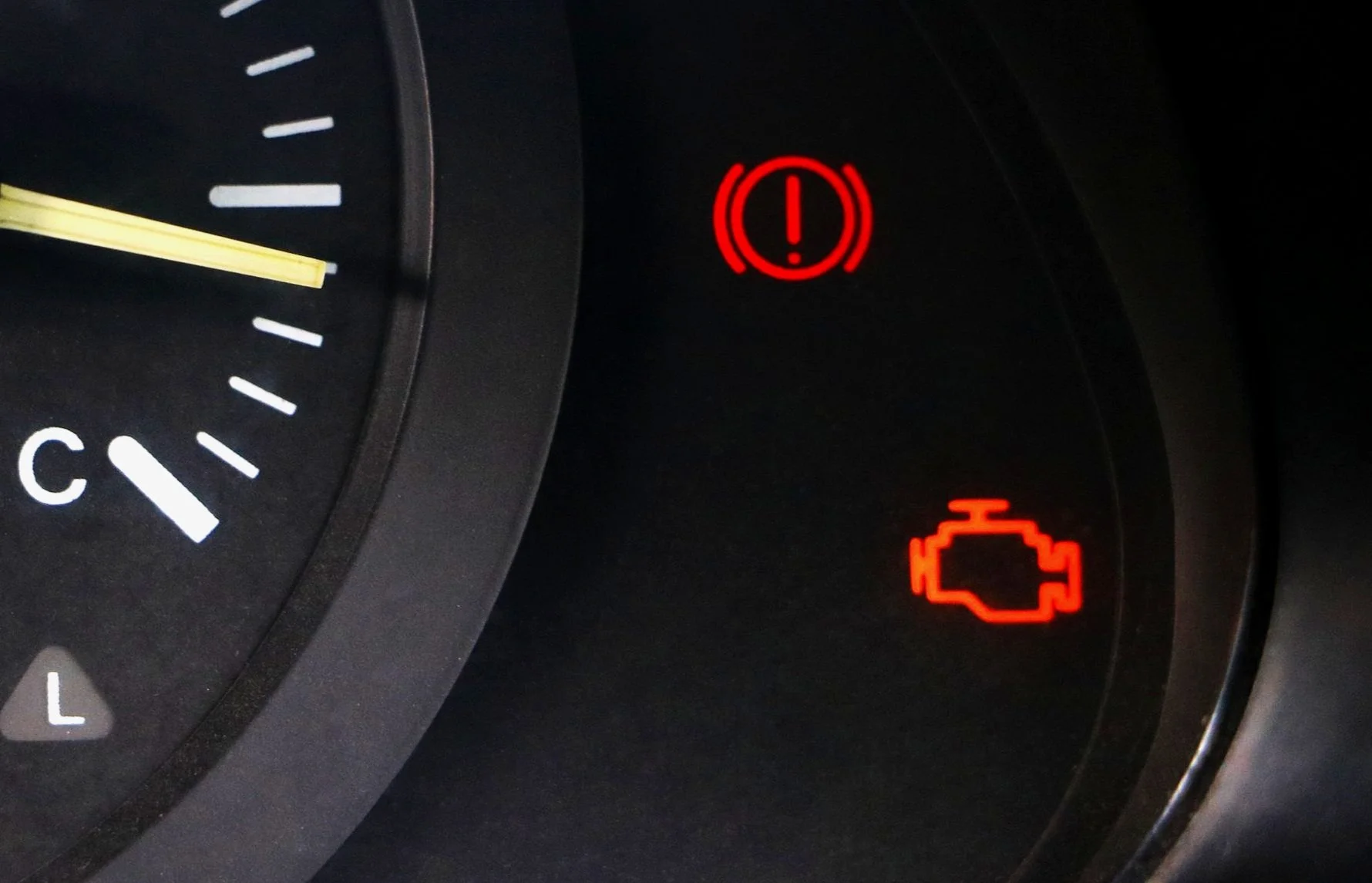Vacuum Leak Symptoms (Ultimate Guide)
A vacuum leak might be more common than you think but what exactly is it? Simply put, a vacuum leak is when unmetered air enters the engine. Now, what unmetered air? It’s the air that goes into the engine that is not sensed by the MAF or MAP sensor. The engine control module (ECM) uses these sensors to monitor how much air enters the engine. This helps the ECM calculate the proper air-fuel mixture to take place in the combustion chamber.
The ideal air-fuel ratio for gasoline is 14.7 parts of air to 1 part of fuel, which results in complete combustion and no excess air or fuel left over. If there is air entering the engine that is not noticed by the engine control module, then that's when the problems start to occur. This will cause more air than fuel in the combustion chamber, throwing off the air-fuel ratio and causing problems.
Most of the symptoms you’ll experience with a vacuum leak will be at very low speeds, while you're parked, or at a red light. This is because the throttle plate is open less at low speeds, which leads to the Engine Control Module (ECM) commanding less fuel. As a result, the difference between air and fuel is greater.
However, at higher speeds, the throttle plate is open more, which allows more air into the engine and causes the ECM to command more fuel. That is the reason why you won't notice many symptoms at higher speeds.
symptoms
Engine Light
The first symptom you could be experiencing is the check engine light on. Some codes related to a vacuum leak could be P0300, P0171, or P0174. You can use my budget-friendly OBD2 scanner to retrieve any codes.
hissing noise
The second symptom you could be experiencing is hearing a hissing noise. Since there is unwanted air being sucked into the engine, it typically creates a hissing noise. There are times when it sounds louder than others. It just depends on how big the torn part is. You'll be able to hear the vacuum leak better with the hood open while the car is running. On the other hand, if the brake booster is ruptured internally you might be able to hear the vacuum leak inside the car.
engine dies right away
The third symptom is the engine turns on and dies right away. If the vacuum leak is big enough, it will throw off the air-fuel ratio and cause the vehicle to turn off. If you turn on the car and press down on the gas pedal, you’ll notice the engine can stay on longer because there is more fuel injected when the throttle plate is opened more.
stalling engine
This leads to the next symptom - a stalling engine. More specifically the vehicle dies on you when you're at a stop sign or a red light. The same reason applies here, the vacuum leak is so big that it throws off the air-fuel mixture too much, disrupting the combustion process, and causing a stalling engine.
rough idle
The fourth symptom is a rough idle. You will feel the vehicle vibrating and wanting to turn off but it won’t. In some situations the vacuum leak can be small enough to disturb the air-fuel mixture and create misfires but not big enough to make the vehicle turn off. Once the upstream oxygen sensors warm up, they will communicate with the ECM. When this happens the engine control module might inject more fuel into the cylinders. At this point, you’ll notice the RPMs being above a thousand. This might be the reason why your car runs rough when it’s cold and better when it’s warm.
Potential locations of the vacuum leak are:
Torn intake manifold gasket
Cracked intake manifold
Any torn vacuum hoses,
Stuck open PCV valve
Anything that’s torn after the MAF sensor
Stuck open EGR valve
Ruptured diaphragm inside the brake booster
Any torn brake booster hoses
A quick tip to find a vacuum leak is to use a carburetor cleaner. While the car is on, spray around the areas I described. If you hear the engine change in sound or speed, then you found the problem.
If you conclude that you have a vacuum leak, and want to fix it yourself, I recommend getting a repair manual here. You can use code “AD10VA” for 15% off one-year subscriptions for any US Order.
Check out my YouTube video!
Disclaimer: Some links in this article may be affiliate links.






